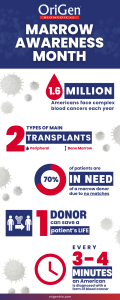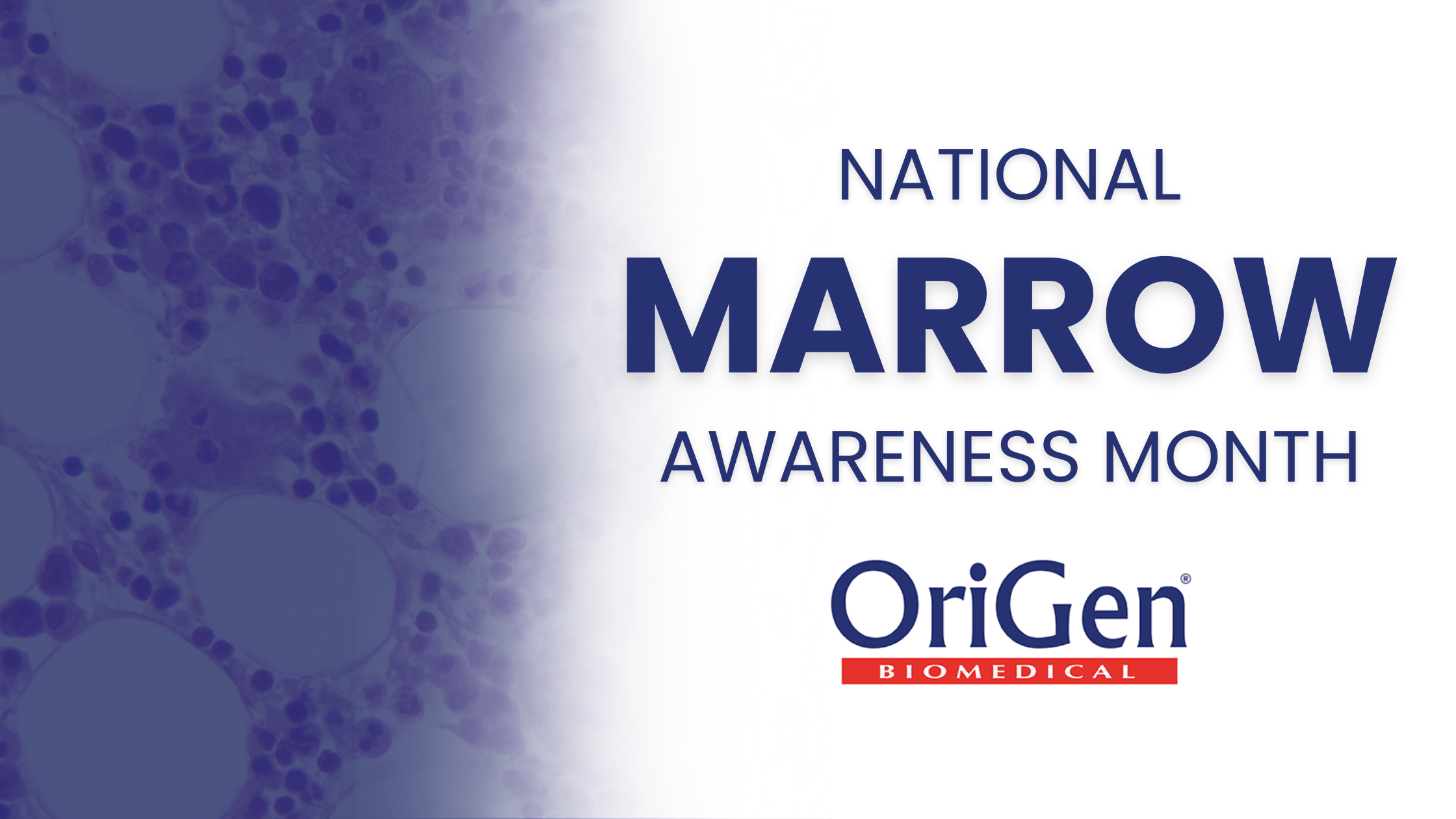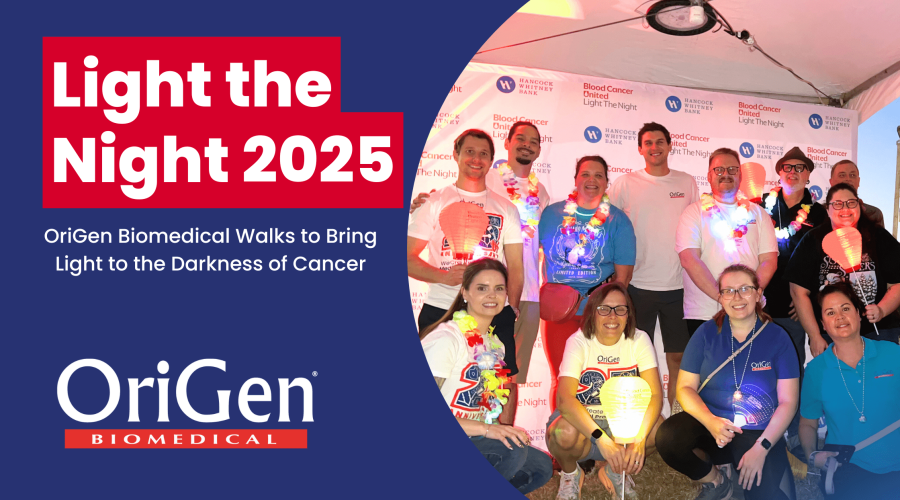Each November, we observe National Marrow Awareness Month, a time dedicated to recognizing the transplant physicians, pioneering researchers, and selfless donors who make life-saving stem cell and bone marrow transplants possible. Their combined efforts embody the true meaning of hope, healing, and humanity.
With an estimated 1.6 million Americans diagnosed each year with complex blood cancers such as leukemia, lymphoma, and myeloma, the need for these therapies has never been greater. Building on our recent discussions about Blood Cancer Awareness Month, this observance deepens our focus on the transformative power of donation—and the profound ripple effects it has on patients and families alike.
Understanding the Power of Bone Marrow
Every 3–4 minutes, someone in the U.S. is diagnosed with a form of blood cancer.[1] For many, their best chance at survival depends on a matching bone marrow or stem cell donor.
Bone marrow, the spongy tissue inside our bones, contains hematopoietic stem cells, the body’s building blocks for producing red blood cells, white blood cells, and platelets. These essential cells carry oxygen, fight infection, and help blood clot, functions we rely on every day to stay alive and well.[2]
Each year, approximately 18,000 people in the U.S. between the ages of 0–74 are diagnosed with illnesses where a bone marrow or umbilical cord blood transplant from a related or unrelated donor offers their best chance for treatment.[3] Globally, more than 55,000 hematopoietic cell transplants (HCTs) are performed annually, including about 20,000 in the United States—a number expected to rise as advancements in transplant technology and supportive care continue to improve patient outcomes.[4]
By joining the National Marrow Donor Program (NMDP) registry, healthy individuals can offer patients that crucial lifeline. Each registration adds another opportunity for a match, giving someone with a life-threatening condition a renewed chance at recovery.
The Path of Giving: How Bone Marrow Donation Works
If your tissue type aligns with a patient’s, doctors may use one of two primary collection methods:[3]
Peripheral Blood Stem Cell (PBSC) Donation:
A non-surgical process in which donors receive small injections over several days to stimulate stem cell production. During the procedure, blood is drawn, stem cells are separated using a machine called an apheresis device, and the remaining blood is safely returned to the body. The entire process takes just a few hours and can be completed in a single day.
Bone Marrow Donation:
Performed under anesthesia, this approach collects 1 to 2 pints of liquid marrow from the pelvic bone, which accounts for roughly 10% of your total marrow cells. Your body naturally regenerates the donated marrow within a few weeks, a remarkable testament to human resilience.[4]
Physicians carefully evaluate donors to ensure optimal safety and health on both sides. Age plays an important role in donation, as younger donors tend to provide the healthiest cells, which often lead to the best outcomes for patients. Individuals can join the registry between the ages of 18 and 40, remaining eligible to donate until the age of 61. Family members may also donate at any age, provided they are medically approved.[5]
When selecting a donor, doctors prefer the closest possible HLA (human leukocyte antigen) match, though a “perfect” match isn’t always required. Thanks to advances in transplant medicine, half-matches, also known as haploidentical transplants, have become increasingly common and effective. While mismatched transplants carry risks of immune reactions, medical teams use targeted treatments to manage these effects and tailor each approach to the patient’s specific needs.[5]

A Personal Story of Giving and Gratitude
For some, donation isn’t just a medical act; it’s deeply personal. Lisa Peters, a registered nurse from Wisconsin, has lived both sides of this journey. Her husband, Jeff, received a liver transplant after being diagnosed with a rare bile duct disease. Years later, Lisa herself became a stem cell donor for a 51-year-old woman battling leukemia.
She recalls how straightforward and meaningful the process was: joining the registry with a quick cheek swab and later donating stem cells over the course of six hours through a comfortable, non-invasive procedure. “It was so easy to do,” she said, “and it meant everything to know I could help save someone’s life.”[6]
When Lisa learned just days before her donation that her husband had developed cancer, the experience took on even greater significance. Her story reminds us that becoming a donor is more than a medical contribution; it’s a gift of connection, courage, and compassion.
Advancing Therapies Through Innovation
At OriGen Biomedical, we are proud to support the physicians and scientists working to improve outcomes for patients undergoing these therapies. Our PermaLife® Cell Culture Bags and CryoStore Freezing Bags provide secure environments for growing and preserving stem cells, while CryoPur® DMSO cryopreservation solutions and fluid transfer accessories streamline the storage and transportation process.
These tools play a critical role in ensuring the safe and effective handling of life-saving cells, helping to bring hope from the lab to the patient.
Becoming a Donor: Simple Steps to Save a Life
Saving a life may be easier than you think. The process typically includes:
- Reviewing your health history
- Learning about donation through educational resources
- Completing a consent form
- Taking a brief physical exam
- Providing a blood sample for testing
- Making your donation
Each step, though small, brings us closer to a world where every patient has a second chance.
A Collective Call to Action
As we honor National Marrow Awareness Month, we are reminded that every act of generosity matters. Whether by joining the donor registry, contributing financially, donating umbilical cord blood, or volunteering your time, your support strengthens the chain of hope that connects patients, families, and communities.[7]
Every registration, every dollar, and every message shared helps illuminate the path toward recovery for someone still waiting for their match. Together, we can continue to inspire a future defined by life, hope, and healing.
Sources
- Be The Match
- Donating Bone Marrow Frequently Asked Questions (FAQs) | Be The Match
- November is National Marrow Awareness Month You Can Be A Hero!!
- Bone Marrow Donation: Who Can Donate and How It Works
- Breaking Down 10 Myths About Bone Marrow Donation for Blood Cancer Awareness Month | Herbert Irving Comprehensive Cancer Center (HICCC) – New York
- National Marrow Awareness Month (Lisa Hass-Peters, BA, RN)
- Get Involved | Be The Match
- 11 Facts About Bone Marrow Donation | DoSomething.org




